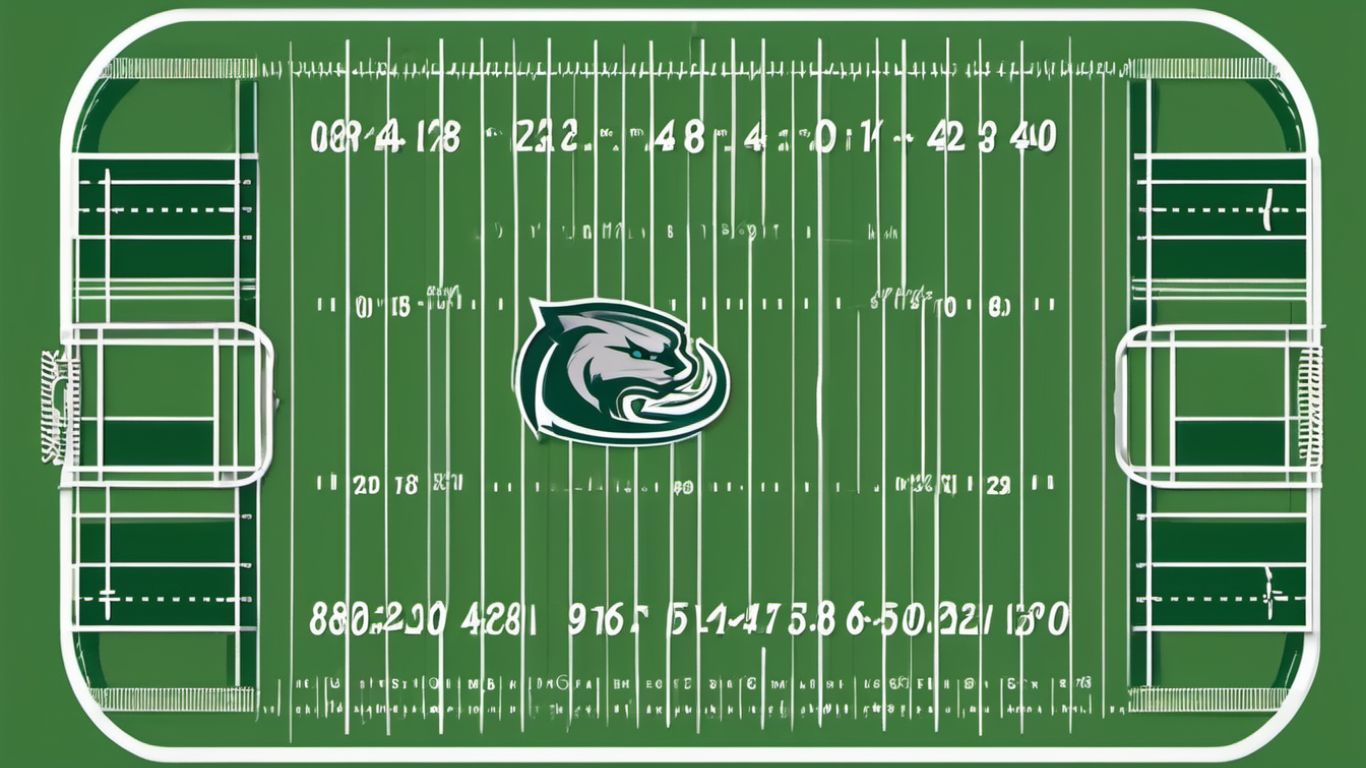The letter “A” on a hockey jersey stands for the alternate captain. In hockey, the team captain wears the letter “C” on their jersey, and the alternate captains wear the letter “A” to signify their leadership role on the team. The alternate captains have similar responsibilities to the captain and may step in to fulfil the captain’s duties if they cannot.
The A stands for alternate captain.
The letter “A” on a player’s jersey stands for alternate captain in hockey. This player assists the team captain and leads the team in their absence. The alternate captain is an important leadership role on the team, and their presence is crucial for maintaining team unity and morale.
Step 1: The alternate captain, denoted by the “A” on their jersey, is a player who assists the team captain in leading the team.
Step 2: Alternate captains may take on leadership roles when the team captain is not on the ice or unable to fulfil their duties.
Step 3: They serve as a key link between the players and the coaching staff, supporting and guiding their teammates.
Step 4: Alternate captains are often chosen for their leadership abilities, experience, and respect among their teammates.
Alternate captains assist the team captain in leadership responsibilities.
Alternate captains are crucial in assisting the team captain with leadership responsibilities. They provide support and guidance and help maintain team morale and discipline. This post will explore the importance of alternate captains in a team and how they contribute to the overall success and cohesiveness of the group.
Step 1: Support the team captain: Alternate captains should support the team captain in leading the team on and off the ice. This can include guiding teammates, liaising between the players and the coaching staff, and setting a positive example for the team.
Step 2: Communicate effectively: Alternate captains should have strong communication skills and effectively convey the team’s goals and strategies to their teammates. They should also be able to provide feedback and support to their fellow players.
Step 3: Lead by example: Alternate captains should demonstrate a strong work ethic, positive attitude, and commitment to the team. Setting a good example can inspire and motivate their teammates to perform at their best.
Step 4: Be a team player: Alternate captains should prioritize the team’s success over individual achievements. They should be willing to put in the extra effort and make sacrifices for the team’s greater good.
Step 5: Support the captain: Alternate captains should work closely with the team captain to ensure the team is unified and focused on achieving its goals. They should be a reliable and trusted partner in leading the team to success.

The A is typically worn by a player who is considered a leader on and off the ice.
The A, or alternate captain designation, symbolizes leadership and responsibility on the ice. It is typically worn by a player who is considered a leader both on and off the ice, someone who sets a positive example for their teammates and embodies the team’s values. The alternate captain plays a crucial role in motivating and guiding the team, and their presence is often felt in the locker room and during games. This designation is not given lightly, and those who wear the A are expected to uphold the highest standards of sportsmanship and teamwork.
Step 1: Show leadership qualities: Players who wear the A on their jersey are expected to display leadership qualities on and off the ice. This includes leading by example, positively influencing the team, and showing good sportsmanship.
Step 2: Support and motivate teammates: The player wearing the A should support their teammates, motivate them to perform their best, and be a role model for the rest of the team.
Step 3: Communicate effectively: Effective communication is key for a player with the A. They must communicate respectfully and constructively with their teammates, coaching staff, and officials.
Step 4: Represent the team: The player wearing the A represents the team during games and in the community. They should uphold the values and standards of the team at all times.
Alternate captains can also take on the role of captain if the captain is not on the ice.
Alternate captains play a crucial leadership role on a hockey team, and in some cases, they can also take on the captain’s responsibilities if the captain is not on the ice. The alternate captain, denoted by the letter “A” on their jersey, is typically a player considered a leader both on and off the ice. This role is important for maintaining team morale, communication, and overall success.
Step 1: Understand the role of an alternate captain: An alternate captain is a player chosen to assist the captain in leading the team. They may also take on the role of captain if the captain is off the ice.
Step 2: Lead by example: As an alternate captain, leading on and off the ice is important. Show strong work ethic, sportsmanship, and team spirit.
Step 3: Support the captain: Work closely with the captain to ensure the team functions well on and off the ice. Offer support and guidance to the rest of the team when needed.
The A is a symbol of leadership and responsibility within the team.
The letter “A” has long been recognized as a symbol of leadership and responsibility within a team. It represents the individual willing to take charge, make decisions, and guide others towards success. In many sports teams, the player who wears the “A” on their jersey is often seen as a leader both on and off the field. This post will explore the significance of the “A” as a symbol of leadership and how it promotes a sense of responsibility within a team.
Step 1: Lead by example: As the “A” of the team, it’s important to set a good example for others. Show responsibility, integrity, and a strong work ethic in everything you do.
Step 2: Take charge when needed: When the team needs someone to step up and take charge, be willing to take on that responsibility. Show that you are capable of leading and making tough decisions when necessary.
Step 3: Hold yourself and others accountable: Hold yourself and your teammates accountable for their actions and work. Encourage open communication and address any issues or concerns constructively and respectfully.









